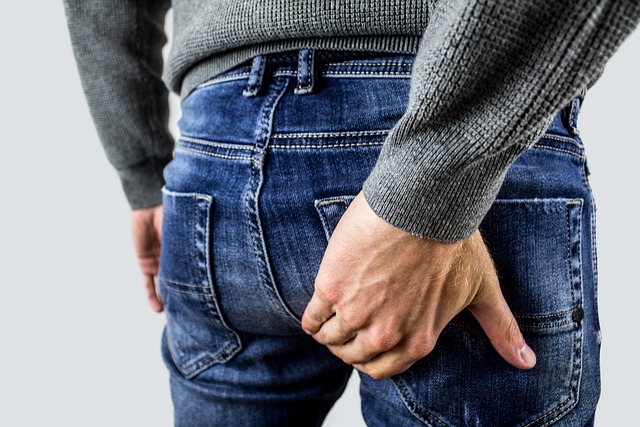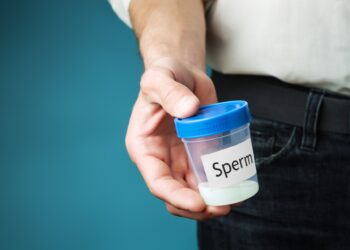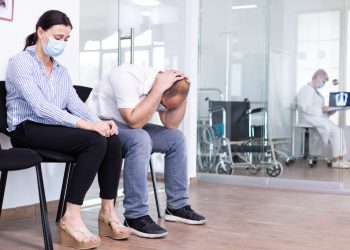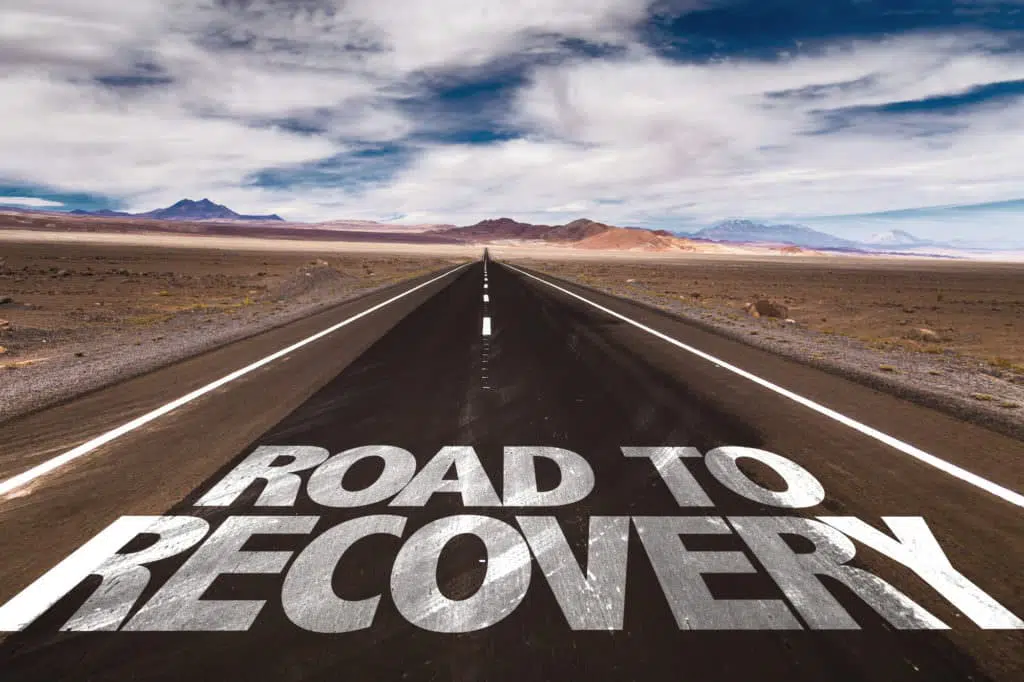Unpleasant, painful, and underestimated or ignored. Hemorrhoids are among the diseases that most people do not notice until they are directly affected by them. If you think they’re only for the elderly, you’re wrong. More and more young people belong to the risk group, as an unhealthy lifestyle also affects the development of hemorrhoids.
What are hemorrhoids and why do they occur
Hemorrhoids are essentially blood vessels that are located under the mucous membranes in and around the end of the anus. If they are not enlarged, they supply the area with blood and do not cause any problems. The moment the blood circulation in this area slows down, they will expand, swell, become inflamed and damaged.
When this happens, a condition arises that is accompanied by pain, rectal bleeding, and other symptoms. Depending on the place of occurrence, they are internal or external.
Internal hemorrhoids appear inside the anal canal and are characterized by pain. If you neglect them, they can come out, which is called prolapse. Externally, they are located around the anus and their manifestation is the appearance of blood in the stool.
Risk factors and who bothers them the most
The formation of hemorrhoids tends to be gradual and is influenced by several factors. Among the most common are long-term sedentary work, lifting excessively heavy loads, digestive problems associated with constipation or diarrhea, and improper diet.
The last-mentioned factor is mainly related to the lack of fiber, which causes pressure on the intestines and at the same time worsens previously hard stools through the anus.
Other negative effects include lack of natural movement, being overweight or obese, frequent inflammatory bowel diseases, and sitting on the toilet for too long. Especially in pregnant women, the risk of hemorrhoids is increased during pregnancy due to a combination of several mentioned factors. Hemorrhoids also trouble people with long-term hard physical work.
How to recognize them and the most common symptoms
A typical symptom of incipient hemorrhoids is a feeling of discomfort, itching, burning, and pain in the anus during and after stool. To this, the appearance of blood in the stool and especially on the toilet paper in the form of stains or drops will be added later.
While internal hemorrhoids are very painful, external hemorrhoids rarely cause pain, on the contrary, the occurrence of blood is much more common.
In the later stages, visible swelling and pain are added not only during stool, but also at rest, irritation and itching of the skin in the rectal area or mucous secretion from the anus. In the last phase, an abscess may develop, or the internal hemorrhoids may be pushed out and cannot be pushed back into the anus.
This is the best way to prevent them
As you can see, hemorrhoids can really bother you, so the issue of prevention is in order. This should be long-term and should include as many regime measures as possible.
The best prevention options include:
- regular meals several times during the day with smaller portions
- drinking regime with plenty of clean water, fruit juices, and teas
- regular stools, empty yourself as soon as you feel the urge to go to the toilet
- frequent movement during the day, try to avoid sitting for too long
- movement, preferably walking, swimming in the pool, running, or skating
- attenuation of demanding activities such as lifting heavy loads
- limiting alcohol consumption and smoking, which worsen the condition of blood vessels
If it is a diet, you should change it with an emphasis on increasing the representation of fiber and softening the stool. It is recommended to consume enough fruits, vegetables, and legumes, you can also add seeds, cereals, or nuts. The advantage of including these foods is also a beneficial effect on the intestinal microflora and peristalsis, i.e., the movement of the intestines.
Did they appear at your place? These are the treatment options
If prevention has failed for you and hemorrhoids have already appeared, do not delay in solving them even for a day. The sooner you start treating them, the faster you will get rid of them.
In the initial stages, nutritional supplements, or medicines to strengthen the walls of blood vessels and veins and improve blood circulation in combination with ointments for pain are sufficient.
Sedation baths containing oak bark and regimen measures can also be part of the treatment.
These relate to the diet, where the representation of fiber must be increased, natural and undemanding movement and special exercises designed to strengthen the muscles of the pelvic floor. If the disease reaches a later stage, professional intervention is necessary. Most often, it is an outpatient freezing or burning of hemorrhoids with a laser directly at the doctor.







